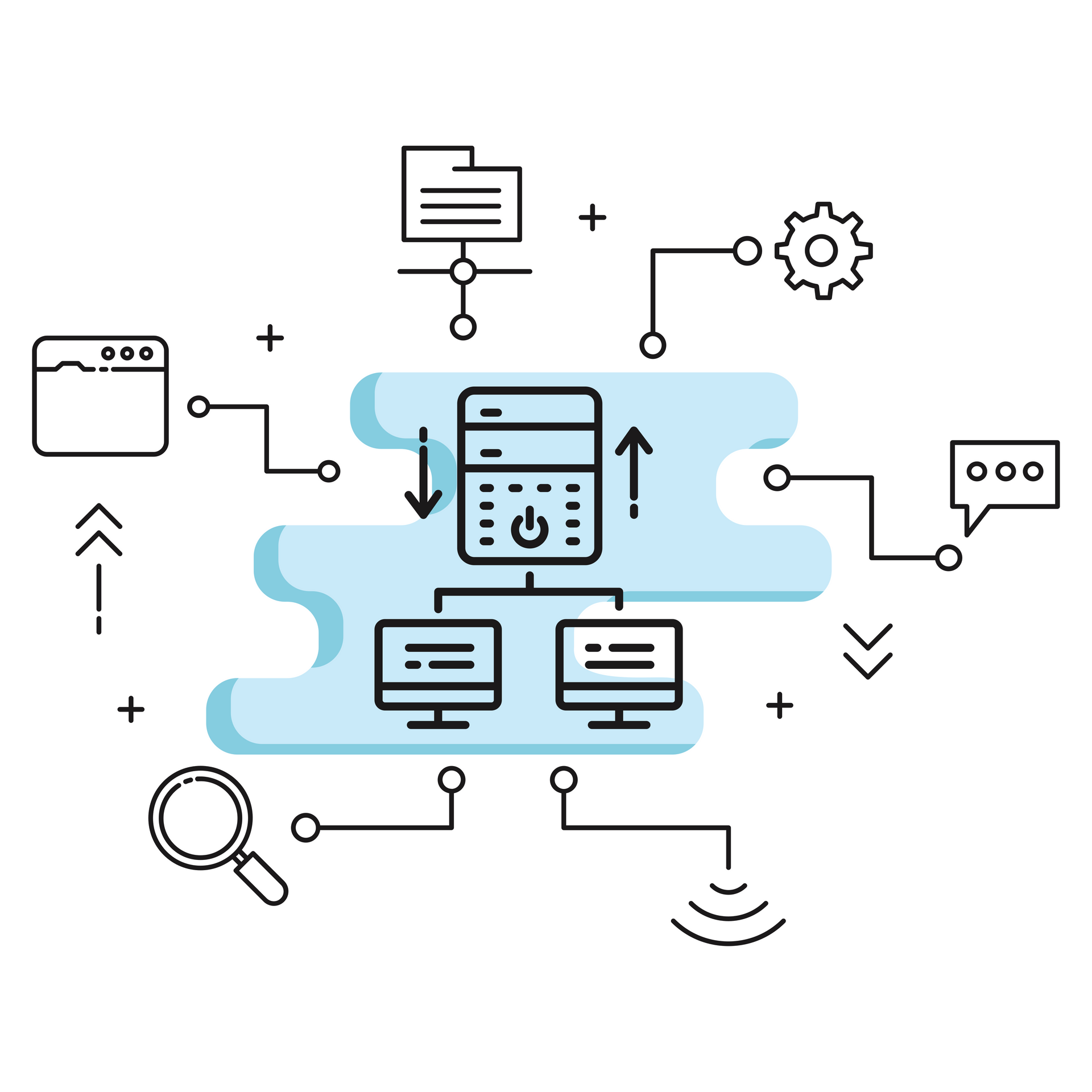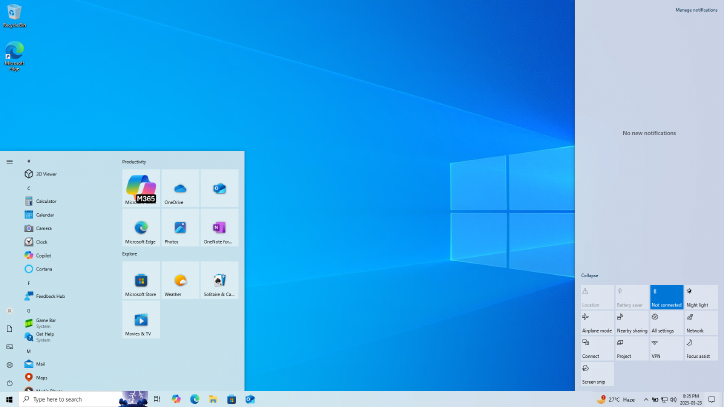Mind the Gap: Why Gap Analysis is Critical for Your Digital Success
Organisations face unprecedented challenges in keeping their technology infrastructure current, secure, and efficient. But how do you know where to focus your efforts and investments? This is where gap analysis becomes an invaluable tool.

What is Gap Analysis?
Gap analysis is a strategic evaluation process that compares your current state ("where you are") against your desired future state ("where you want to be"). It's like using a GPS for your business - you need to know both your current location and destination to plot the most effective route.
Why is Gap Analysis Essential?
1. Risk Management
- Identifies security vulnerabilities before they become problems
- Highlights compliance gaps that could lead to regulatory issues
- Reveals operational weaknesses that might affect business continuity
2. Resource Optimisation
- Prevents wasteful spending on unnecessary solutions
- Prioritises investments based on actual needs
- Helps allocate resources more effectively
3. Strategic Planning
- Creates a clear roadmap for improvement
- Aligns technology investments with business objectives
- Provides justification for change and investment
Real-World Applications
We've seen the transformative power of gap analysis across various sectors:
Healthcare: Helped NHS Trusts identify critical security improvements, leading to better patient data protection and streamlined clinical access.
Financial Services: Enabled banks to strengthen their cybersecurity posture by identifying and addressing potential vulnerabilities.
Education: Assisted universities in optimising their digital infrastructure to support hybrid learning environments.
Public Sector: Supported government agencies in meeting compliance requirements while modernising their systems.
The Altiatech Approach
Our structured gap analysis process involves:
1. Current State Assessment
- Technical infrastructure review
- Security posture evaluation
- Process efficiency analysis
- Compliance status check
2. Future State Definition
- Business objective alignment
- Industry benchmark comparison
- Compliance requirement mapping
- Technology trend analysis
3. Gap Identification
- Detailed analysis of discrepancies
- Risk level assessment
- Priority assignment
- Impact evaluation
4. Action Planning
- Structured improvement roadmap
- Resource requirement definition
- Timeline development
- ROI projections
Common Gaps We Identify
Security Gaps
- Outdated security protocols
- Insufficient access controls
- Inadequate threat monitoring
- Missing security policies
- Vulnerabilities due to EOL/unpatched software/hardware
Technology Gaps
- Legacy systems
- Integration issues
- Scalability limitations
- Performance bottlenecks
Process Gaps
- Inefficient workflows
- Manual procedures that could be automated
- Unclear responsibilities
- Redundant activities
- Service management gaps
Compliance Gaps
- Regulatory requirements not met
- Missing documentation
- Inadequate controls
- Audit trail deficiencies
Making Gap Analysis Work for You
To get the most value from gap analysis:
- Be Honest: An accurate assessment of your current state is crucial
- Think Long-Term: Consider future business needs and technology trends
- Involve Stakeholders: Get input from all relevant parties
- Prioritise Actions: Not all gaps need immediate attention
- Monitor Progress: Regularly review and adjust your improvement plans
The Cost of Inaction
Failing to conduct regular gap analyses can lead to:
- Security breaches
- Compliance violations
- Inefficient operations and higher costs
- Competitive disadvantage
- Increased technical debt
Next Steps
Don't wait for problems to surface before taking action. A proactive gap analysis can help you:
- Prevent costly issues
- Maintain competitive advantage
- Ensure regulatory compliance
- Optimise your technology investments
- Plan for future growth
Ready to understand your organisation's technology gaps? Contact our team of experts to discuss how our structured analysis can guide your digital transformation journey.
Contact us:
- Email: innovate@altiatech.com
- Phone: +44 (0)330 332 5482
Remember: The best time to identify and address gaps is before they become problems.













